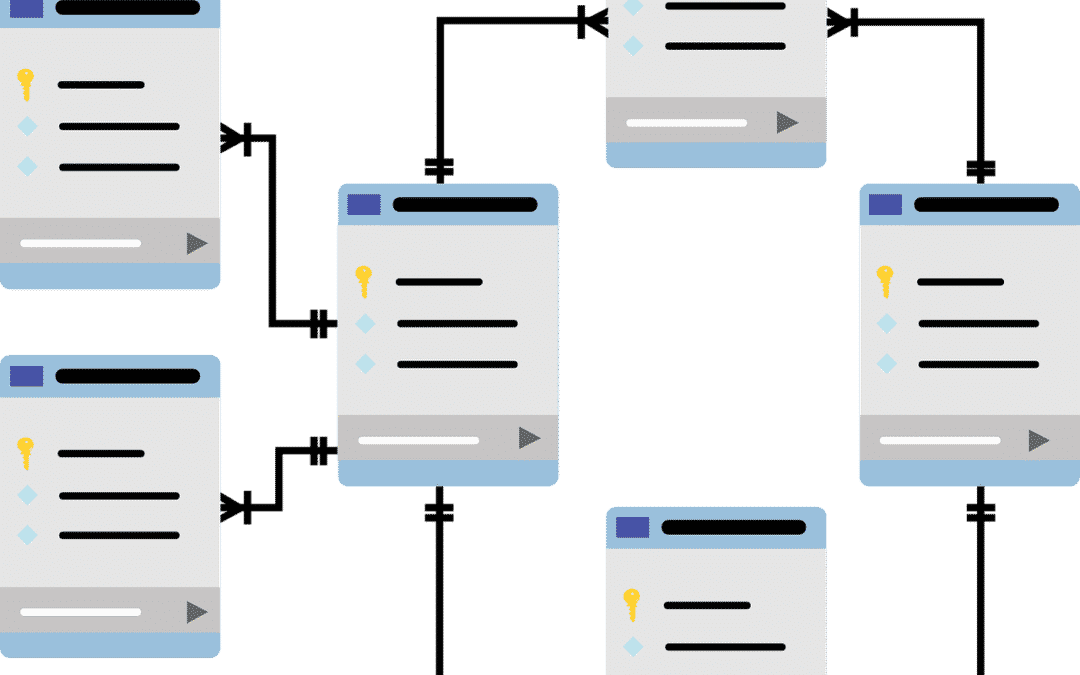How to Easily Build a Low-Cost Plumbing Website for 2022 using WordPress Templates
Are you looking for ways to grow your plumbing business next year? Your business website matters, and you know it. But what is the best way to get started?
Also, what if I told you that there are prebuilt WordPress templates out there that almost nobody knows about that will be great for new plumbing websites in 2022?
Table of Contents
In this article, I will show you how you can easily set this up. Here’s what we will cover:
Step 1: Starting a Plumbing Website
Starting a website does not have to be complex. When you set up a website, you really only need (1) a domain name, (2) a host, and (3) the right software.
1. Finding a Web Host
In order to run a WordPress website, you need to have a web host. While it is possible to set up a computer in your office to be a web server and host your website, the IT costs of doing this is not practical for most businesses.
We recommend using a web hosting service. If you have set up WordPress hosting somewhere, great! If you have not, or if you are migrating your site to WordPress from somewhere else, you will need a hosting provider.
At Off Osborn, we use Dreamhost for our web hosting needs. Dreamhost offers the best combination of resources for beginners: an easy 1-click WordPress install, affordable hosting price options for any budget, and an easy-to-use interface. Additionally, their customer support team has proven very helpful in quickly resolving any issues that may come up.
2. Purchasing a Plumbing Website Domain Name
If you have registered a domain name elsewhere, great! Just configure the nameserver to point to your server.
If you haven’t yet registered a domain name, you will want to buy one. Dreamhost makes the domain name registration process simple, and even discounts domain names from what you find from big-name registrars.
So far, you’re looking at a cost of about $7 per year for a .com domain and about $3/month for a basic web hosting plan. Not bad, right?
3. Setting Up SSL and WordPress
Once your hosting is set up, you will want to install WordPress. Unlike many other web hosting companies out there, Dreamhost gives you SSL (which makes websites more secure) and the WordPress installation for free, on any plan.
Step 2: Choosing Your WordPress Plugins
In WordPress, you can customize your website backend by installing plugins. WordPress by itself is a fairly basic software, so you will need plugins to add functionality.
Here, I will walk you through our favorite plugins for beginners to give you a feel for what works the best for building new websites.
Website Load Speed: Imagify and WP Rocket
Imagify is a great tool for automatically optimizing your images. WP Rocket is a great tool for automatically optimizing your site’s overall page load speed.
By installing and correctly implementing these plugins, you will have a website that will load fast, which is hugely important to Google search engine rankings.
Webpage Creation: Divi
Divi is perhaps the best drag-and-drop webpage builder for WordPress beginners that you will find out there. By installing Divi, you have access to top-quality, easy-to-learn webpage design.
Website Backups: BoldGrid Total Upkeep
Having a premium website backup tool that can be configured to backup and auto-restore your website in the highly unlikely event of a crash can be a lifesaver. While other web hosts make you pay for a backup solution separately, Dreamhost includes BoldGrid Total Upkeep with their WordPress installations. This installation will keep your website running.
Website Social Proof: Review Pops
Social Proof on your website is what converts viewers into customers willing to do business with you. If you have a Google My Business listing, you probably have at least some 5-star reviews from highly satisfied customers you’ve had in the past. Review Pops displays those reviews in the bottom corner of your website where they will build trust with customers. See them here?
Getting These Software Tools
Each of these 4 software tools cost money, obviously, and software is expensive. Divi alone costs $89 per user per year. However, as a bulk purchaser, we can give you a yearly access to all of these WordPress software plugins (and their periodic updates) for just $45 per year. Ready to get started?
Step 3: Writing Website Content
Of course, you will need web design, since at this point, you still just have a blank slate for your plumbing website. However, this is where Divi really shines.
Divi has hundreds, if not thousands, of template that you can easily turn into your fully-functional website, and one of their websites is custom-built for plumbers like you! All you have to do is pop in your logo and update the information given.
The template that Divi provides gives you a good starter website. You get a homepage, an About page, a Services List page, as many individual service pages as you need, a landing page that’s great for any digital ad campaigns you may want to run, a Contact Us page, and even a blog page if you are looking to really keep your site fresh with new content.
If you’re interested, we are happy to help you get your plumbing website online as cheaply as possible, thanks to the bulk software tool purchasing that we have been able to negotiate for plumbing businesses like yours.
Plumbing Website Demo
See an example demo of a Divi Plumber website here:
Step 4: Implementing Your Plumbing Website Roadmap
So, why do you want a website in the first place? Perhaps you know that you need it to try to compete more effectively for the jobs you want, or maybe you just know that plumbing websites are working out really well for your competition.
Whatever your reason, you will need to have a website roadmap in place to know what goals you want your website to achieve for you and how you plan to achieve your website goals.
If you would like to review your plumbing website roadmap with our SEO team of experts, just let us know! We are happy to provide a free consultation to help your plumbing website outperform your competition!


